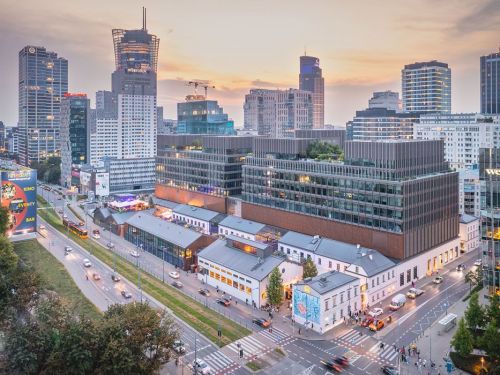600,000 new cars were sold in 1999. The development of car parks has failed to keep up with this Parking cherry not yet ripened demographic changes are also a major factor: “People are moving into the cities,” says Ms Krasnodębska. “New housing developments, for example, are bringing people in, and this type of investment also brings quicker returns than the development of car parks. Investors are naturally more willing to put their money into ‘faster’ sectors.”So when the car parking business does finally mature in Poland, what form could this take? Traffic and parking problems vary from city to city. In Kraków and Poznań, for instance, towns which have historic centres, the idea that is being promoted is that of further prohibition of vehicles from the old town areas, combined with new car parks on the edge of the new pedestrianized zones. In Poznań, traffic has been banned from the city centre for 6 months now, and at the time of the pub






























































